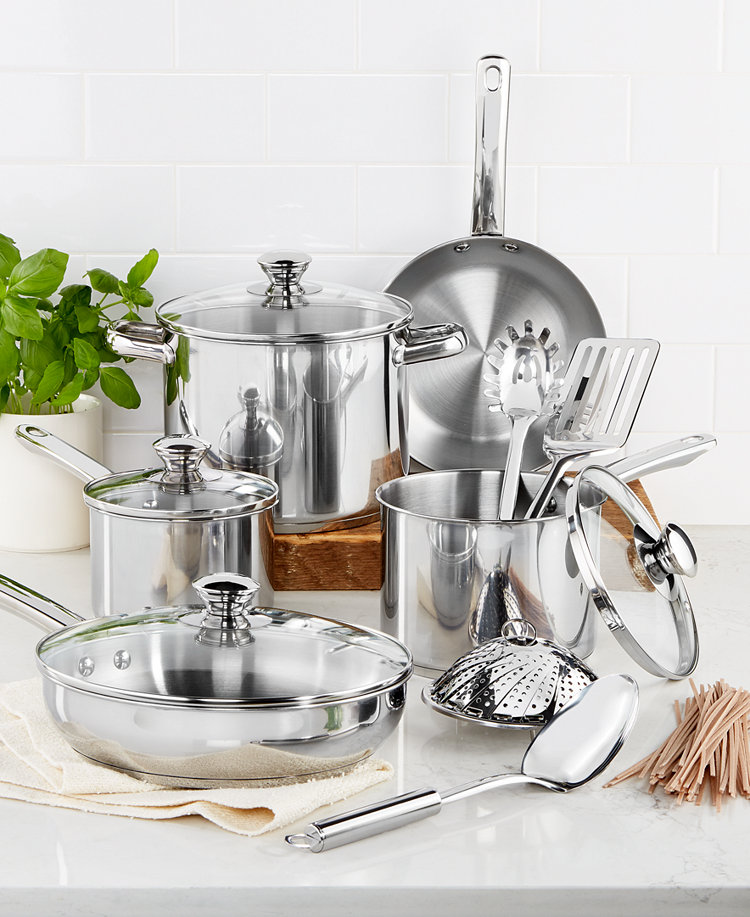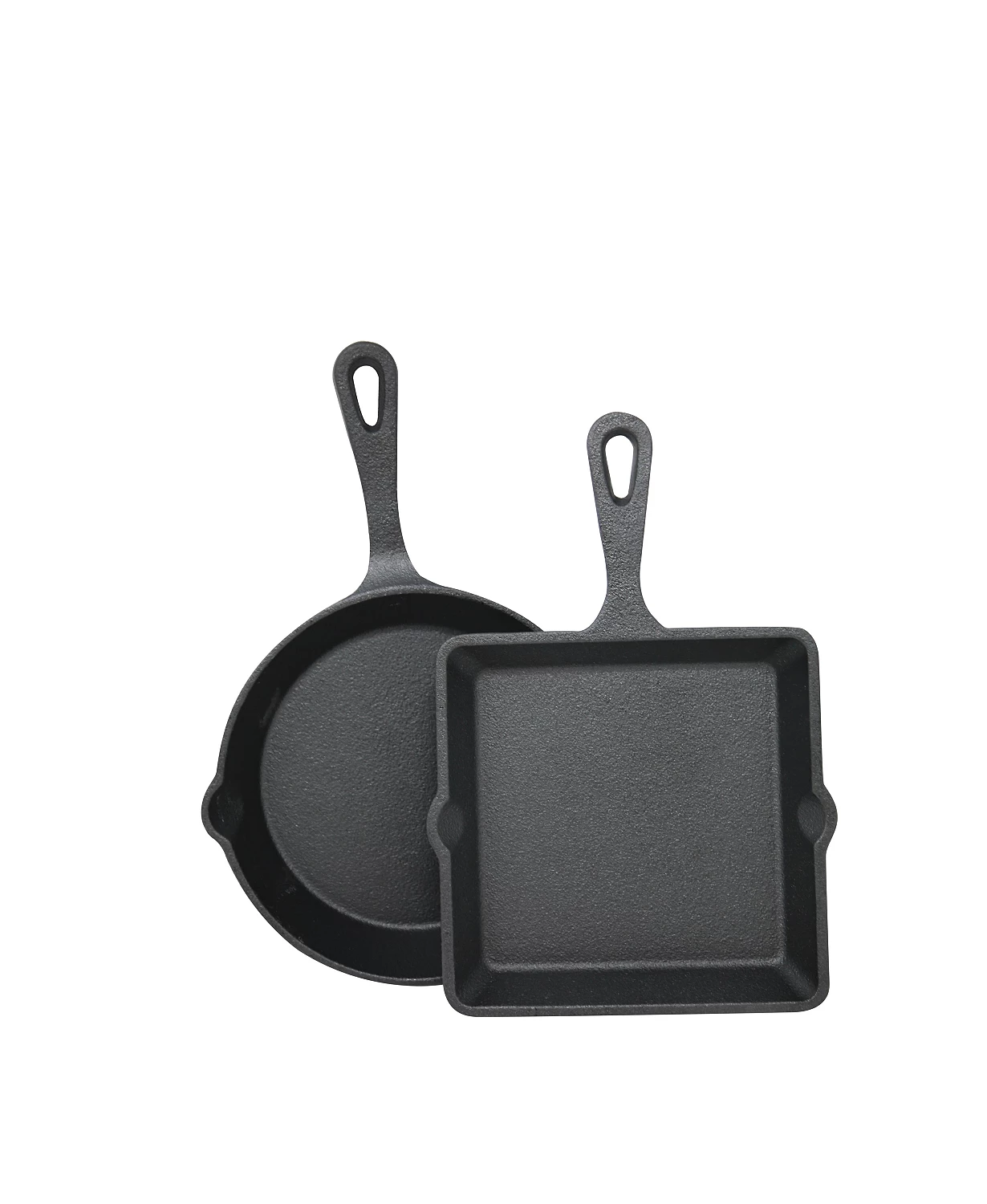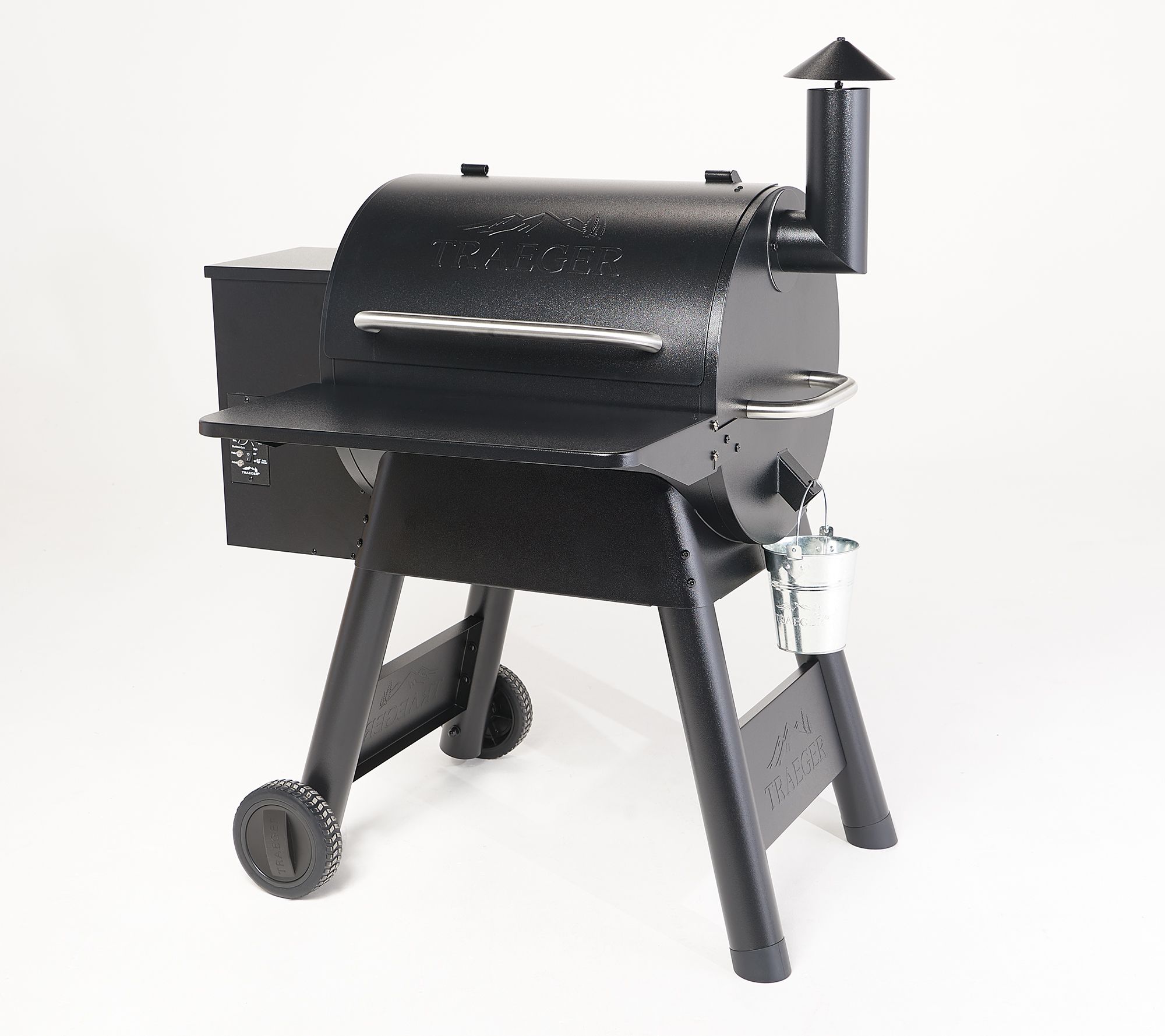Tools of the Trade Stainless Steel 13-Pc. Cookware Set, Created for Macy’s Tools of the Trade Stainless Steel 13-Pc. Cookware Set, Created for Macy’s
1.5-qt. saucepan with lid, 2.5-qt. saucepan with lid, 5-qt. stockpot with lid, 9.5″ sauté pan with lid, 8″ fry pan, flower steamer, large spoon, slotted turner and pasta server.
Get your kitchen off to a great start with this stainless steel cookware set from Tools of the Trade. The 13 pieces include the basics you’ll use most plus utensils and a steamer.
- Set includes:1.5-qt. saucepan with lid, 2.5-qt. saucepan with lid, 5-qt. stockpot with lid, 9.5″ sauté pan with lid, 8″ fry pan, flower steamer, large spoon, slotted turner and pasta server.
- Manufacturer’s limited lifetime warranty
- Created for Macy’s
- Stainless steel with glass lids
- Dishwasher safe
- Made in China






by Laura
Nevertheless I read the thumbs down I bought it. my experience with those are excellent. The pot is petfect for made soup. And yes is small but I have one of the big ones and is really rare yhat I used for made meals. For those to said that are poor quality because they stain I inform you that they clean very well and look like bew after you cleaned.
by Melody
Great BUY for a wedding gift. I also told my family members about this great deal and five of them have purchased the pots.
by Mary
Very nice pot set just expected the sets to be bigger
by Tina
Fantastic! Excellent quality!!
by Jess
These pots are stainless steel. You need to know how to cook with them. I love mine and after I wash them with proper cleaning stuff they still look brand new..